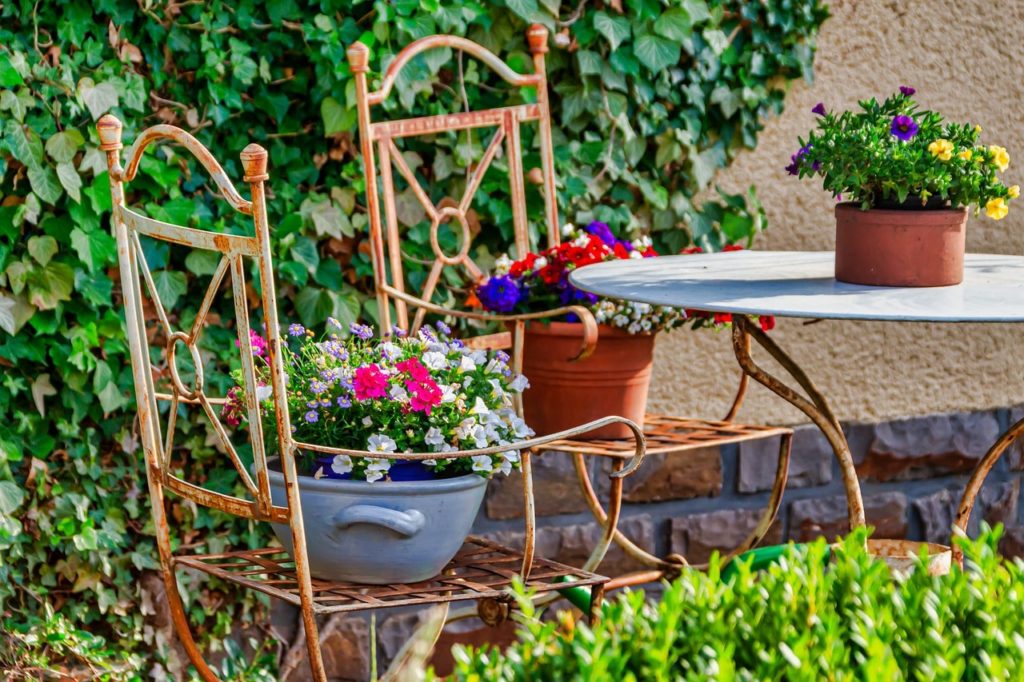Learning About Garden Design

Have you ever looked at a neighbor’s garden and marveled at how cohesive and organized everything looked? Not only is it aesthetically pleasing, but it is functional. At the root of a beautiful garden is a garden design that fills your expectations and yard needs. Since you want the area to be beautiful, your garden can become a personalized area that you can maintain, change, and enjoy for years to come. Here are some of the essentials in designing a garden.
Know What You Want
Carefully planned gardens last for many years. Before you get too far into your dreams, however, think of what you need in the area to make it functional. Here are some ideas to get you started.
- Hardscape vs. softscape
- Working with gradients
- Formal or informal
- Having a planting schedule
- Type of maintenance
These are only a few of the many facets of design you can use when discussing your garden layout with your landscaping company. If you have a plan in mind, you can make sure your technician knows what you want.
Understand Your Property
Some people have flat properties, but others have slopes, hills, and inclines. Because every yard is different in soil composition, layout, and the possible growing season, your landscaper can help you find the right plants for shady areas, recommend a tree, or even help you plant a sloping hill with terraces.
Decide On Plants
Your soil has a pH level that may determine what type of plants you can use and how often you must supplement with fertilizers. You may also have rocky, sandy, or fertile ground, and that will help you and your landscaper decide on which plants you can use for best results.
Your consultant can advise you, but ultimately, your garden is your own, and you should personalize it with what you love. However, be realistic when you design the garden and understand that some plants will need to be replaced every year.
